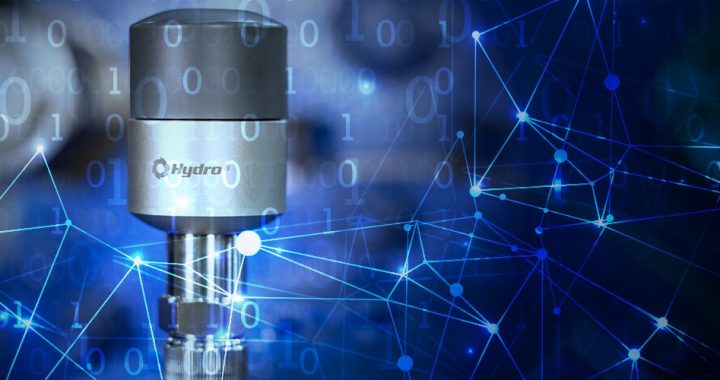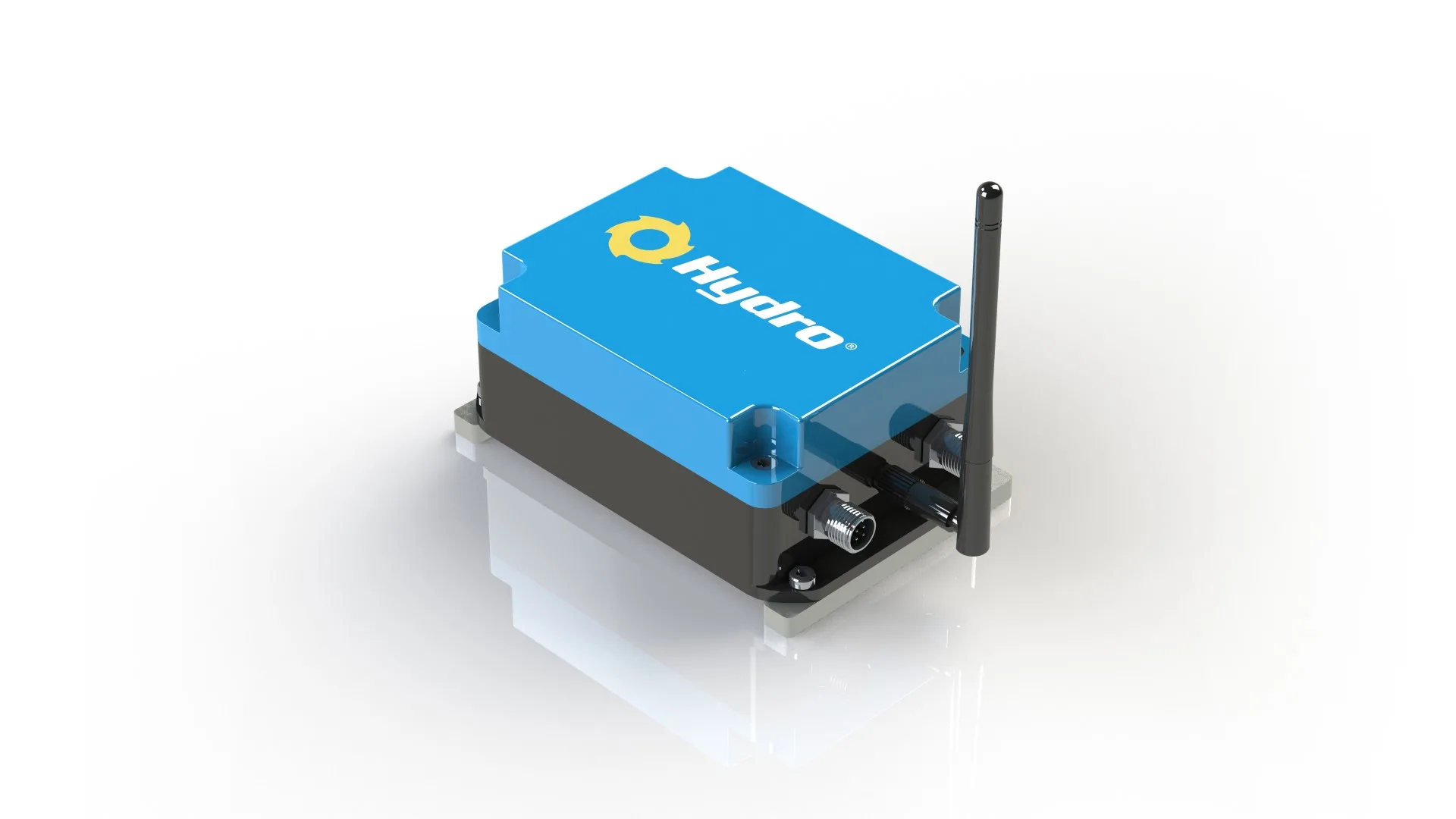Pump Pressure Monitoring with Centaur: From Data to Decision
Pump pressure monitoring is the fastest way to see what your system is feeling—especially when it’s paired with vibration data. With Centaur, Hydro turns continuous pressure and vibration signals into clear, actionable insight so teams can detect issues early, protect uptime, and schedule maintenance with confidence.
Why Pump Pressure Monitoring Matters (with Vibration)
When pressure trends are viewed alongside vibration, you gain a complete picture of hydraulic and mechanical behavior. That correlation exposes the why behind alarms, validates root cause, and supports smarter maintenance timing that protects MTBR/MTBF and energy costs.
Case Study – Pipeline Pump Pressure Monitoring
At a midstream pipeline station receiving batches of different refined products, Centaur captured upstream and downstream pressure on three pumps and correlated those signals with vibration. As batches transitioned, operators could see pressure deviations drive vibration change—flagging anomalies early and guiding intervention before conditions escalated. Long-term pressure trends also revealed efficiency drift tied to wear, informing work scheduling when it created the most reliability value.
Case Study – Differential Pressure at Intake Screens
A European nuclear utility installed differential pressure sensors across four river-water intake screens with alarms every ~10 seconds. With Centaur, the site moved from fixed backwash schedules to demand-driven cleaning—reducing wasted energy, extending screen and pump life, and maintaining reliability during high-debris periods.
From Monitoring to Predictive Maintenance for Rotating Equipment

Centaur combines sensors, connectivity, and Hydro’s engineering oversight to turn signals into decisions. Monthly health reports, analytics, and targeted recommendations help teams move from reactive responses to proactive planning—translating data into fewer surprises and more uptime.
See how pump pressure monitoring paired with vibration delivered earlier alerts and smarter maintenance decisions across pipeline and intake-screen applications.
Download the full Centaur pressure monitoring case study (PDF)
Ready to Modernize Your Program?
Talk to Hydro about pump condition monitoring for your critical assets—pipelines, cooling water systems, and plant utilities. We’ll help you pair pressure and vibration to detect issues earlier, confirm root cause faster, and plan maintenance with confidence.
Contact your local Hydro Service Center to talk through your application or schedule a demonstration here.




 Quick setup for fast deployment
Quick setup for fast deployment


